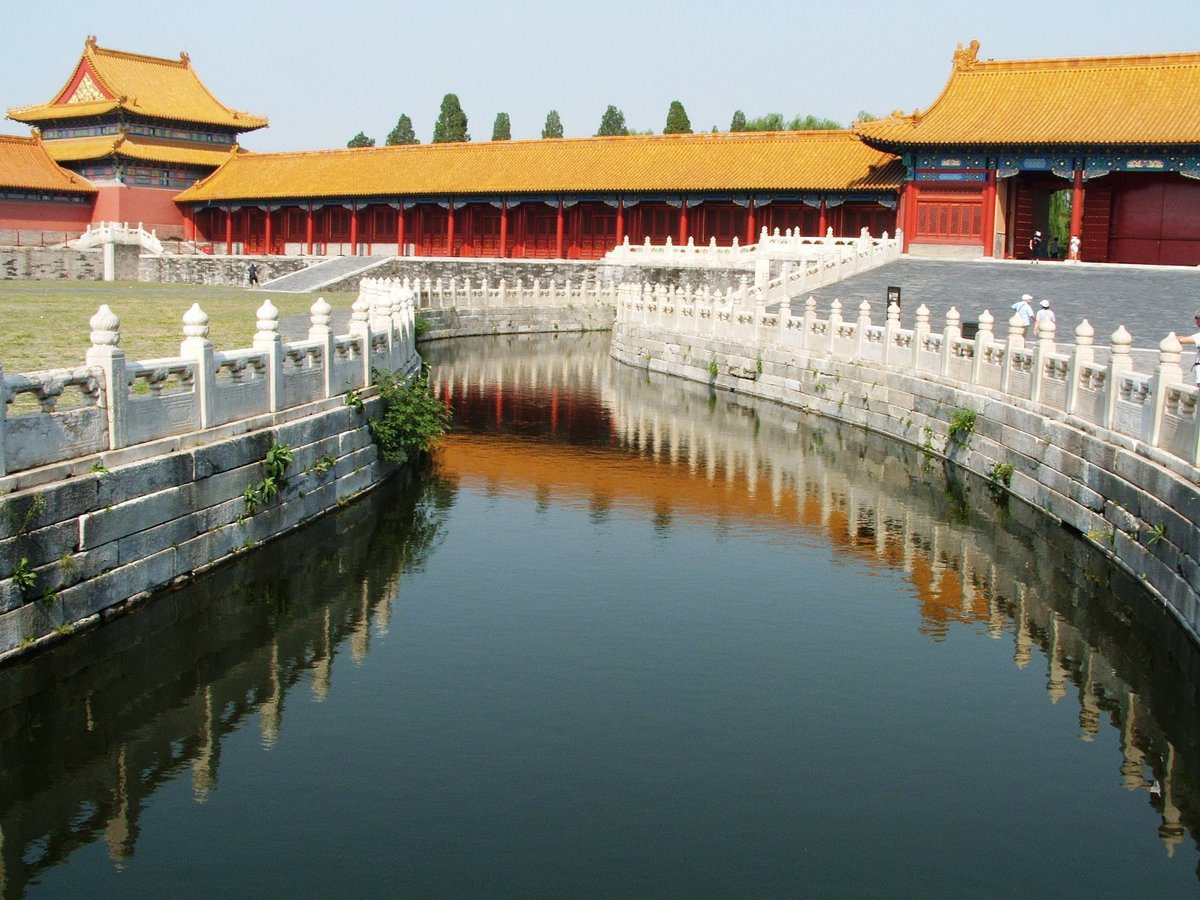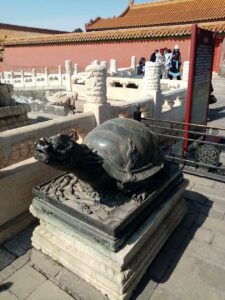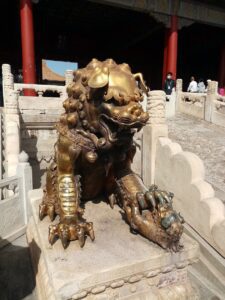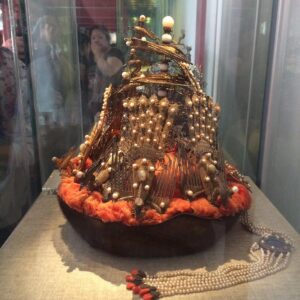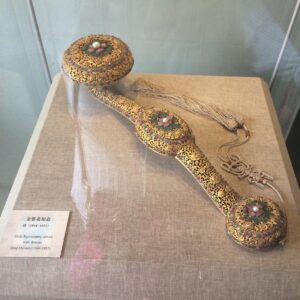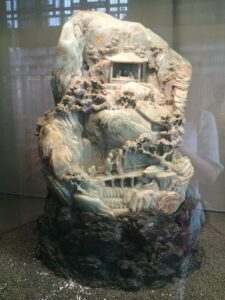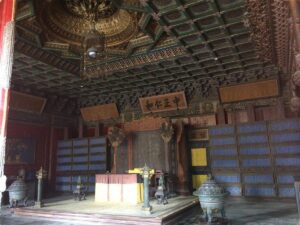Description
The Forbidden City (now known as The Palace Museum) in Beijing, China, is an immense and historically significant palace complex that served as the imperial palace for 24 emperors during the Ming and Qing dynasties. Built between 1406 and 1420, the Forbidden City encompasses approximately 180 acres and features nearly 1,000 buildings, making it the largest and most well-preserved palace complex in the world. The intricate layout of the Forbidden City reflects traditional Chinese cosmology and imperial power, with its grand halls, courtyards, and pavilions meticulously arranged along a central north-south axis.
Tourists should visit The Forbidden City to explore one of China’s most iconic historical landmarks and delve into its rich imperial history. As a UNESCO World Heritage site, it offers a fascinating glimpse into the opulence and grandeur of imperial China through its vast collection of art, artifacts, and ancient architecture. Visitors can wander through the grand halls, admire the exquisite decorations, and learn about the lives of the emperors who once resided there. The museum's extensive exhibitions and historical significance make The Forbidden City a must-see destination for those interested in China's cultural heritage and imperial history.
Location
-
4 Jingshan Front St, Dongcheng, Beijing, China
